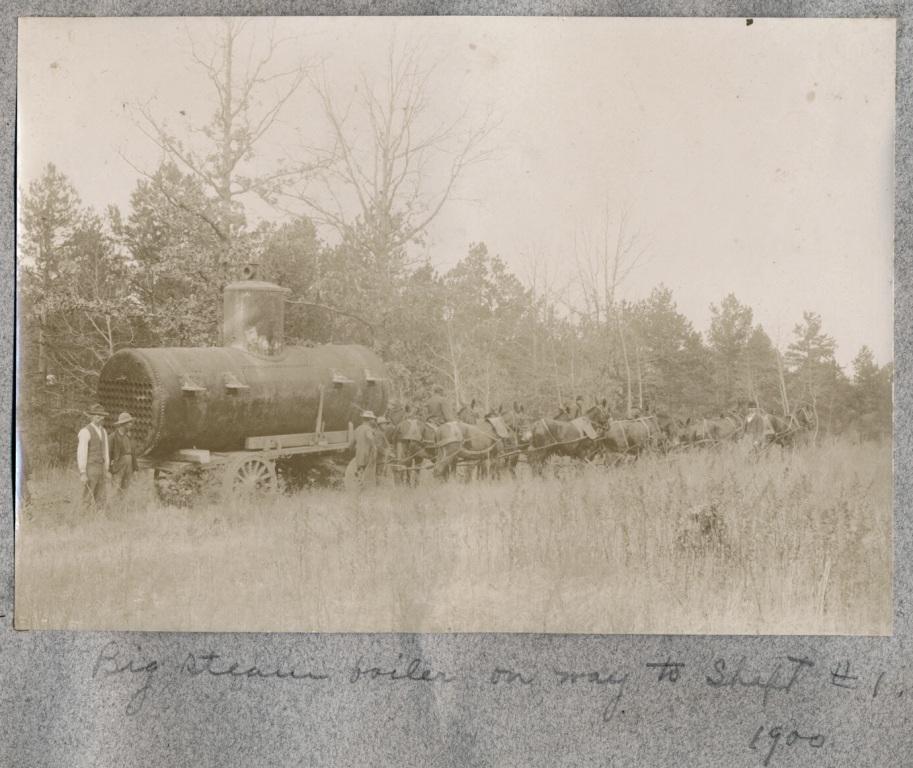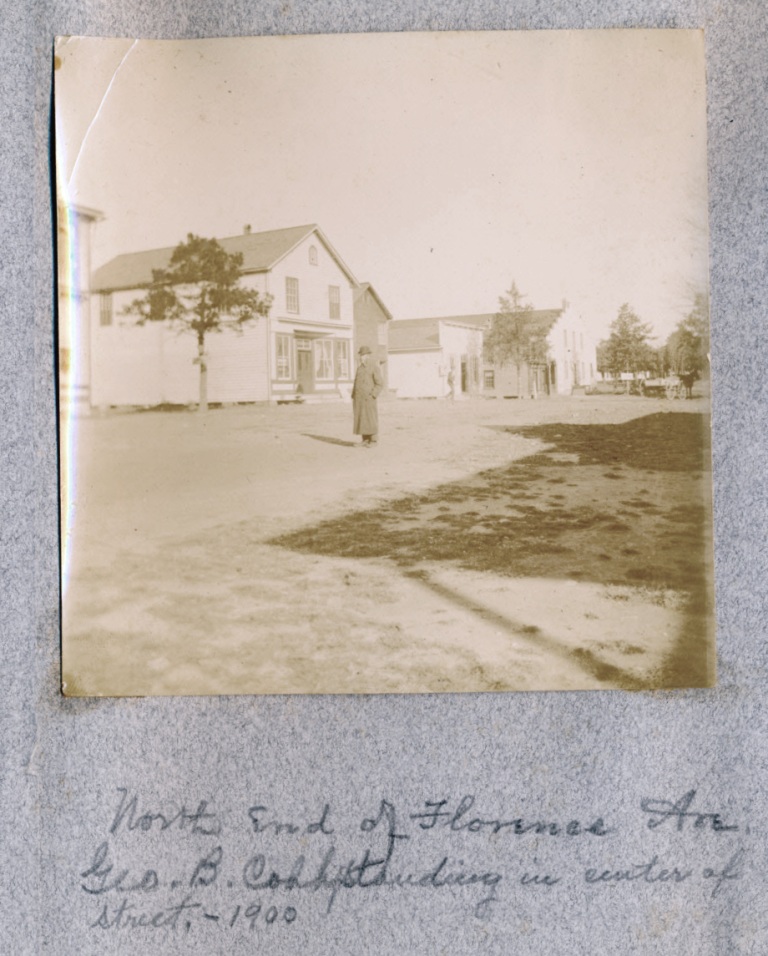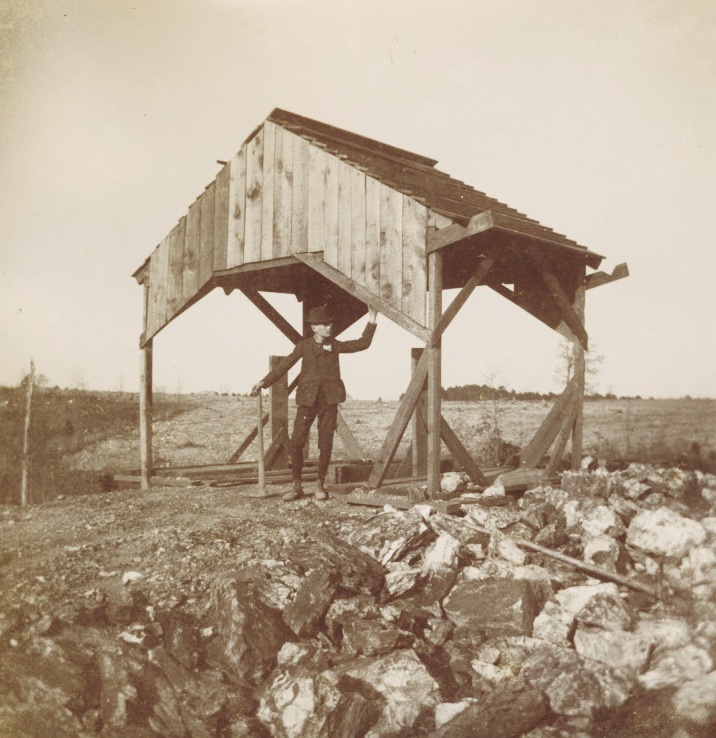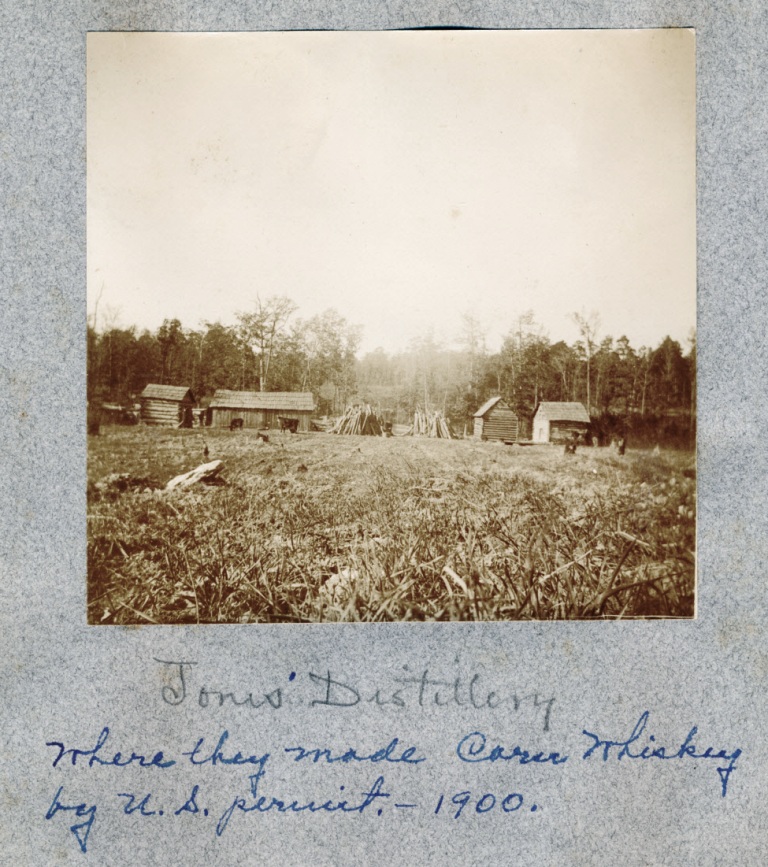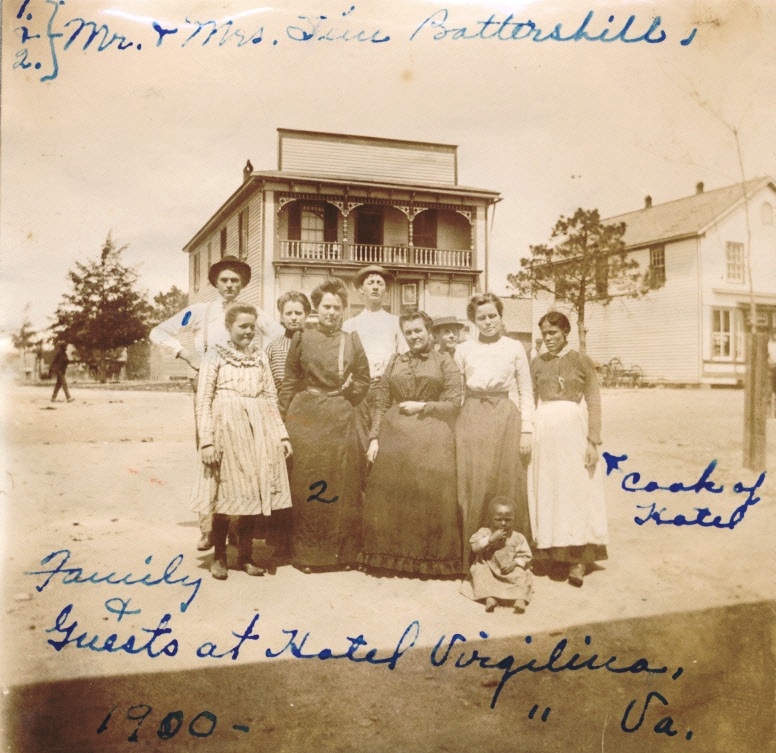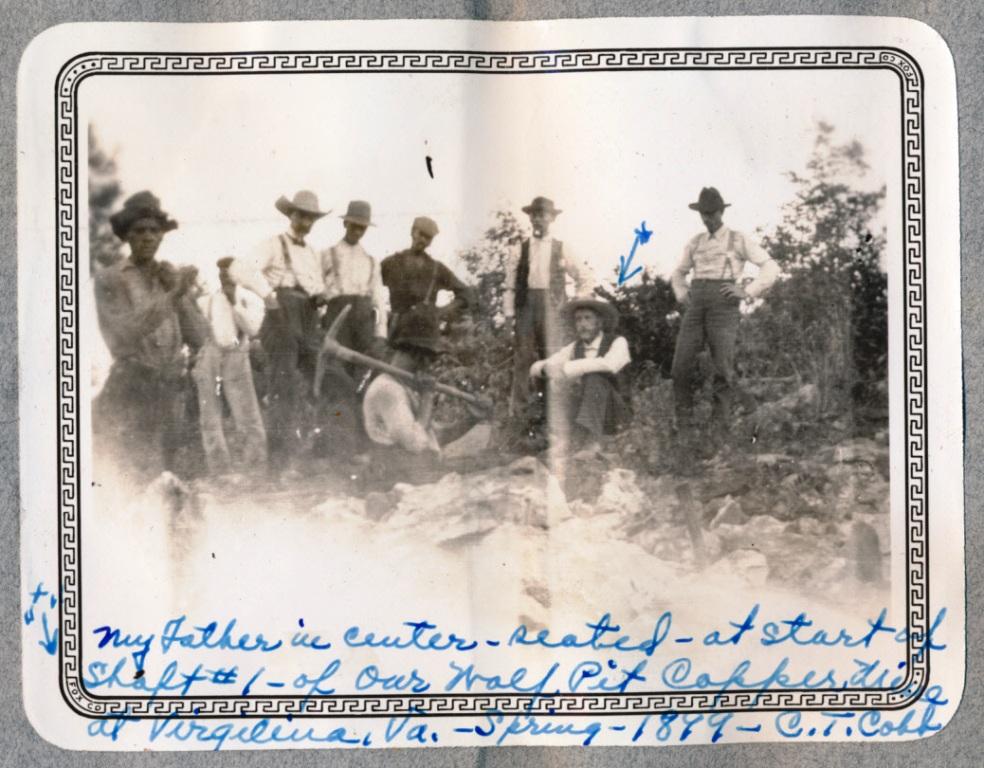World War I German Postcards
C1:186
547 unique postcards
The Library of Virginia’s Visual Studies Collection has a collection of German postcards depicting non-combat scenes from World War I’s Western Front. Printed by Schaar & Dathe of Trier, the postcards show the effects of war through images of ruins, life in the camps, and the cleanup efforts of soldiers and civilians.
One of the biggest German postcard printers in the late 19th and early 20th centuries, Schaar & Dathe used letterpress, lithograph, and collotype processes. During WWI, the company had 15 presses and employed 150 workers. The majority of the cards have a four-digit number on the back, a unique identification system set up by Schaar & Dathe. Creating postcards during the war was an easy, affordable way to spread the news visually about the areas most affected by combat.
The collection can be viewed in the Special Collections Reading Room. A selection is available on Historypin
… Read the restWorld War I German Postcards Read More »


